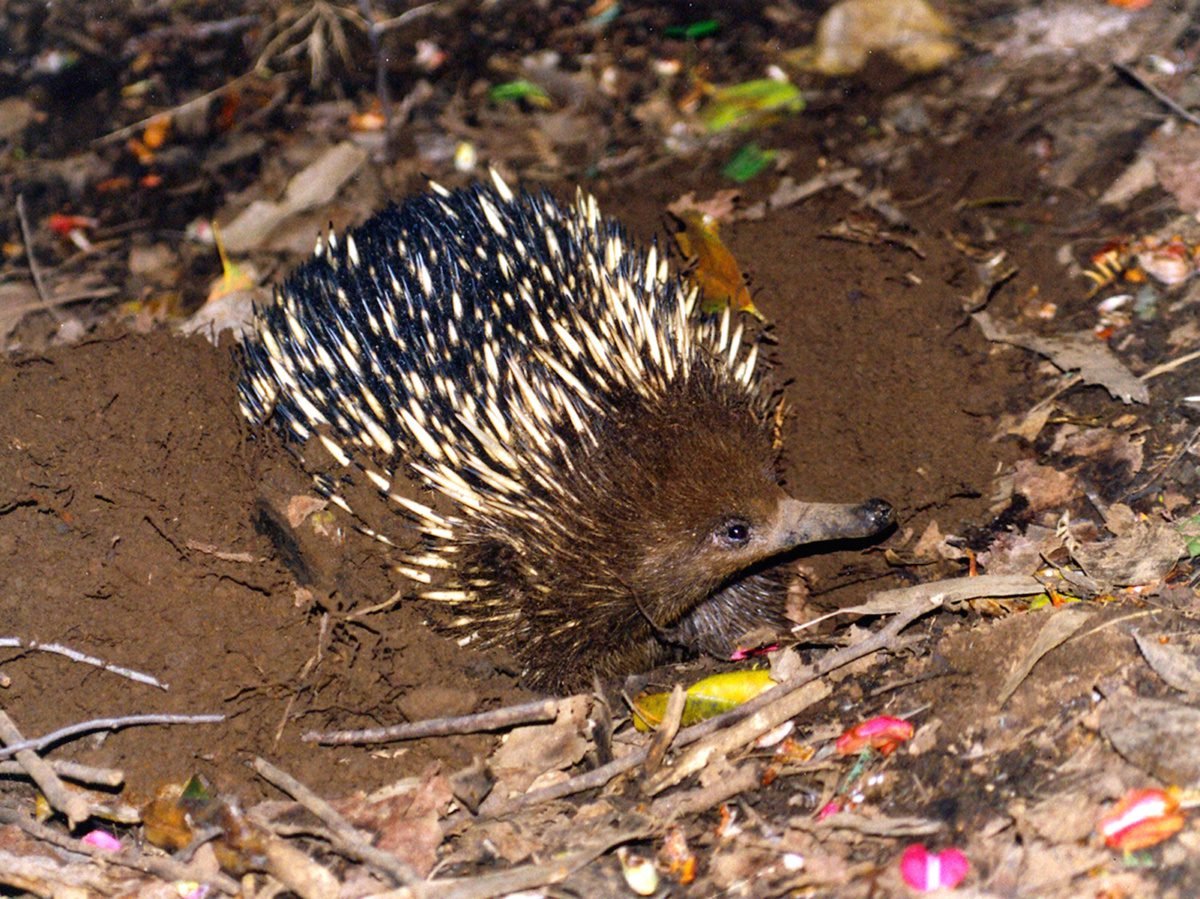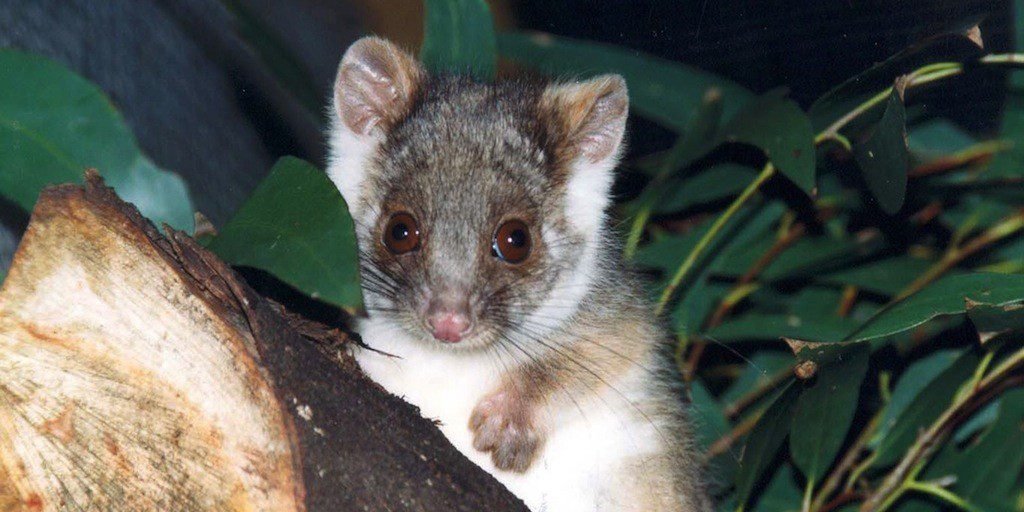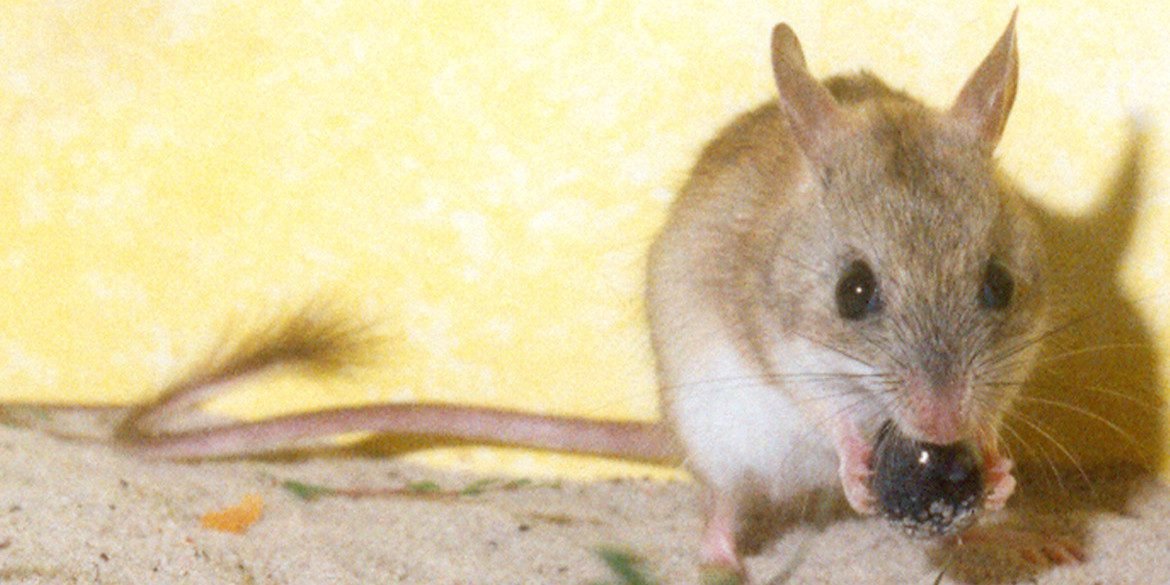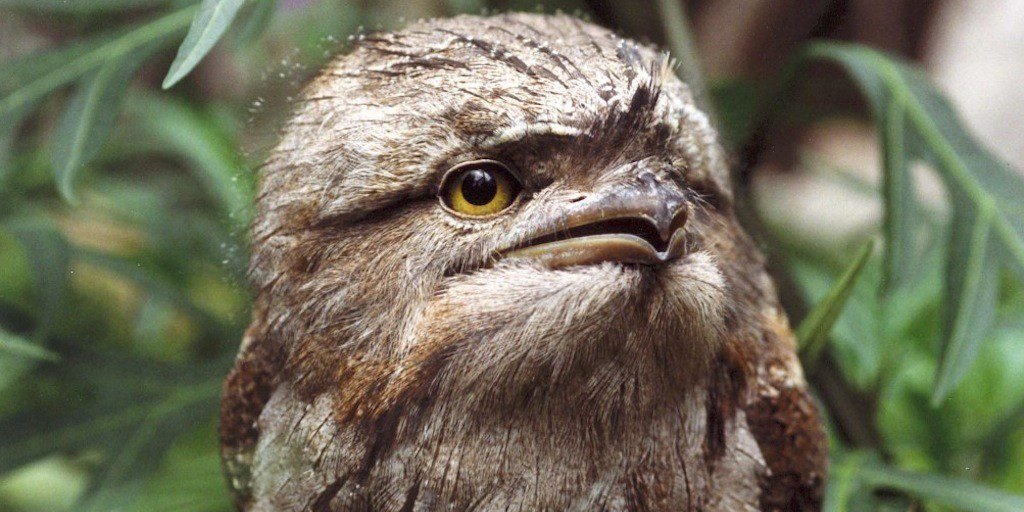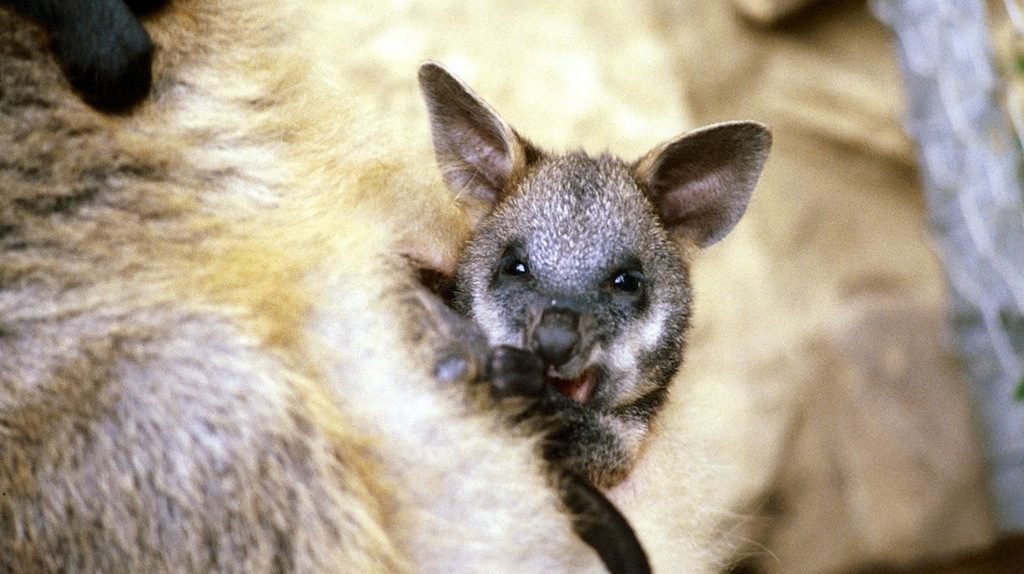Commonly known as the Tasmanian Tiger, the Thylacine (Thylacinus cynocephalus) is one of Australia’s best-known native marsupials. The species was first described in 1808 by Tasmanian naturalist G.P. Harris, as Didelphis cynocephala (‘dog-headed opossum’). Its genus was corrected in 1824 by Temminck to mean ‘dog-headed pouched-dog’. Over the following years the Thylacine evoked alot of attention, and thus in 1917 …
Wildlife Friendly Garden
We can help bring back native wildlife to the suburbs and encourage native birds, lizards, frogs and insects into our own backyards by simply providing a wildlife friendly garden. Urban development has destroyed much of the bush regions that our native wildlife depends upon for food and shelter.The suburban backyard is typically manicured lawns with very few trees and the …
Frog Friendly Back Yard
For more than 200 million years frogs have survived. They were around well before the dinosaur, and have managed to endure dramatic climatic shifts – from ice ages to global warming. But today the chorus often heard by many as a child is silent. Those spring nights filled with the sounds of many a hopeful soul, croaking his heart out …
Impact of the Introduced Fox on the Australian Environment
Red foxes (Vulpes vulpes) were deliberately introduced into Australia in the 1855 for sporting purposes. The first breeding pair were released in Victoria in the 1870’s. They spread rapidly. By 1893 foxes had become a nuisance in northeastern Victoria, and by 1917 had reached Western Australia. Their distribution generally followed that of the European Rabbit (Oryctolagus cuniculus). Today the fox …
Our Native Fauna – just who is having it for dinner?
Concerns were raised time and time again of just what impact the release (both prematurely in October 1995, and then officially in October 1996) the Rabbit Calicivirus Disease (RCD) would have on native animals. In inland Australia, dingoes frequently increase their predation on the red kangaroo when rabbit numbers crash under natural conditions. Fears that other predators such as foxes …
Species Classification
According to their Conservation Status As different species face individual problems, determining their conservation status can often be difficult to assess. The degree to which a species is threatened is of critical importance in deciding into which classification a species should belong. This decision-making can be highly subjective, as status may change through alterations in either distribution or abundance. In …
The Rabbit Calicivirus – how successful has it been?
With scientists predicting yet another drought-stricken summer, the release of the rabbit calicivirus disease (RCD) couldn’t have been too soon. With over $115 million of lost production yearly to the wool industry, and a $600 million total cost in export income to the agricultural industry, not to mention the immeasurable environmental damage, the European rabbit in still Australia’s most serious …
Lumpy Jaw in Macropods
What is it? This term is used to describe infection of the soft tissues and jawbone in marsupials. The highest risk group of marsupials to Lumpy Jaw are macropods. What are the signs? Hard immovable swellings on the jaw and face. White coloured pus discharging through holes in the skin. Difficulty in eating and slobbering. Weight loss and tiredness. …
Sarcoptic Mange in Wombats
Sarcoptic mange is a disease primarily of wombats caused by a small eight-legged mite, Sarcoptes scabiei. It can also cause mange in koalas, ringtail possums, dogs and foxes. Anecdotal evidence indicates that the mite can be transmitted from dogs and foxes to wombats and vice versa. Wombats afflicted with mange are itchy, develop fur loss, and thickened crusty skin. This …
- Page 1 of 2
- 1
- 2


